You’re driving along, maybe everything seems fine—or maybe you’ve noticed the car’s been a bit off lately. Then, out of nowhere, it stalls. You try to restart it, and nothing. Just a click. Or maybe not even that. And someone throws out the phrase: “Your engine locked up.”
That’s enough to make anyone feel sick to their stomach. But before you assume the worst or start checking your bank account, let’s slow down and look at what’s really going on.
What’s the Difference Between a Seized Engine and a Locked Engine?
This is where things get confusing. People use the terms “seized” and “locked” like they mean the same thing—but they don’t always.
If your engine is seized, it usually means something inside it has gone very wrong. Metal parts that are supposed to move—like pistons and crankshafts—are now stuck together or broken because they overheated or lost lubrication. It’s often a serious issue.
Now, an engine lock might sound just as bad, but it’s sometimes temporary. Maybe water got into the cylinders (that’s called hydrolock), or a part like the timing belt broke. These can jam up the engine, but the engine itself may still be okay. Big difference—and knowing which one you’re dealing with can change everything.
Signs That Your Engine Might Be Seized
So how can you tell? If your car stopped working out of the blue, here are a few red flags that might point to a seized engine:
- It made a loud clunk before dying: That knocking noise could’ve been something snapping or grinding to a stop.
- You try to start it, and it won’t even turn over: No cranking. Maybe just a click or silence.
- You smell something burning: That’s usually oil or metal from overheating—never a good sign.
- Warning lights showed up earlier: If you ignored that oil pressure or temperature warning light, this might be the result.
- The crankshaft won’t move: If you try turning it with a wrench and it’s completely stuck, that’s pretty telling.
These symptoms don’t always mean the engine is toast—but they are serious enough to get it checked out right away.
Common Causes Behind Engine Seizure
Engines don’t seize out of nowhere. There’s always a reason. And more often than not, it comes down to oil—or the lack of it.
- You were low on oil: This is the #1 cause. No oil means metal parts grind together until they weld or break.
- The engine overheated: Maybe the cooling system failed. When the temperature climbs too high, metal can expand and lock up.
- Old, dirty oil clogged it up: Even if there’s oil, if it hasn’t been changed in forever, it can turn into sludge and block oil flow.
- Water got inside: If you recently drove through deep water, the engine could have sucked in fluid and locked. That’s hydrolock.
- Something broke inside: A snapped piston rod or broken crankshaft can instantly stop everything.
And yes, even an engine can seize with oil in it—especially if the oil wasn’t moving properly due to clogs or a bad pump.
Is It a Locked Engine Instead?
Before you jump to worst-case scenarios, ask yourself: is it really seized, or could it just be locked for now?
If your car stopped after going through water, hydrolock could be the issue—and that’s sometimes fixable. Or maybe a timing belt snapped or a pulley froze up. These can stop the engine from turning without causing internal damage.
Sometimes, something as small as a seized alternator can make it seem like the whole engine locked up, when really it’s just one part causing the issue.
How to Diagnose If Your Engine is Seized or Just Locked
You don’t need to be a pro mechanic to do a little basic detective work. Here’s how to get a better idea of what’s going on:
- Check the oil: Is it full? Clean? Any metal flakes? Gritty, shiny oil is bad news.
- Try turning the crankshaft by hand: If you have the tools, use a breaker bar on the crank pulley. If it doesn’t budge, that’s not a good sign.
- Pull out the spark plugs: If you see oil or water inside the cylinders, that could explain a lock-up.
- Check the battery and starter: Don’t rule out simple stuff. A dead battery or bad starter can mimic a seized engine.
- Listen carefully: Total silence when trying to start often points to seizure. Grinding or buzzing might mean something else is jammed.
If you’re not comfortable doing these checks yourself, a mechanic can help confirm whether the engine’s really seized—or if you just got unlucky with something minor.
Can a Seized or Locked Engine Be Fixed?
Here’s the honest answer: it depends.
If it’s something like hydrolock or a broken belt, a locked engine might be brought back to life without too much damage. Sometimes all it takes is draining the water, replacing a belt, or fixing a jammed pulley.
But if your engine is truly seized, you’re looking at bigger repairs. That could mean taking it apart, replacing damaged parts—or in some cases, rebuilding or replacing the entire engine. Not cheap. And yes, this can happen even if your engine had oil in it, especially if it wasn’t circulating properly.
Repair Cost, Risks, and Replacement Options
How much it’ll cost to fix depends on what’s actually broken—and what kind of car you have.
- Simple fixes: like draining water or replacing a belt might cost a few hundred dollars.
- Moderate repairs: like fixing a stuck piston—can go into the low thousands.
- Complete engine rebuilds: or swaps can be extremely expensive, depending on the vehicle.
And even after you fix it, there’s always the risk something else could fail. If your engine locked up because of age, heat, or years of wear, it might not be worth pouring money into repairs—especially if the car’s already on its last legs.
Having your engine locked up is one of the scariest car problems you can face—but it doesn’t always mean the end.
The important thing is to get a clear answer. Understand the seized engine meaning, watch out for early engine locked up symptoms, and don’t ignore weird noises or warning lights. If you’re stuck, get someone to take a real look at it—someone who’s honest and will explain your options clearly.
And if you’re searching how to fix a locked up engine, start with visiting the nearest mechanic. Sometimes, it really is fixable. Other times? It’s okay to let go and move on.
Either way, it helps to know what you’re dealing with—because that puts you back in the driver’s seat, no matter what happens next.
FAQ
What causes an engine to seize while driving?
An engine can seize while driving due to a lack of lubrication, overheating, or internal mechanical failure such as a broken piston or connecting rod. Even if oil is present, can an engine seize with oil in it? Yes — poor oil circulation, contaminated oil, or internal component damage can still lead to engine seizure.
Can an engine lock up and then unlock itself?
Yes, in some cases. An engine may temporarily lock up due to overheating or hydraulic lock, then unlock once it cools down or pressure equalizes. However, repeated instances may indicate deeper issues that need professional inspection.
What’s the cheapest way to unseize an engine?
The most affordable method is to remove the spark plugs and pour penetrating oil into the cylinders, allowing it to soak before attempting to turn the engine manually with a breaker bar. This can work for minor seizures caused by lack of lubrication or long-term disuse.
Can I pour oil into a seized engine to fix it?
You can add oil, but it’s rarely a complete fix. If the engine is dry or has been sitting for a long time, oil might help loosen components. However, pouring oil won’t restore functionality if the issue is mechanical damage or severe wear.
How do I know if it’s the starter or a seized engine?
Try manually turning the crankshaft using a wrench. If it rotates, the starter may be faulty. If it doesn’t move at all, the engine might be seized. Listen for clicking sounds or complete silence when turning the key—these are also indicators.

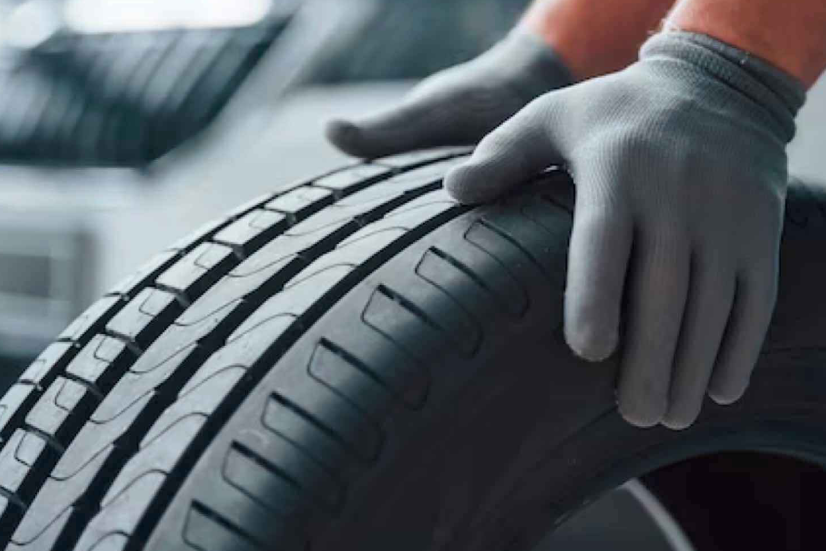 10 Proven Tips to Make Your Car Tyres Last Longer
10 Proven Tips to Make Your Car Tyres Last Longer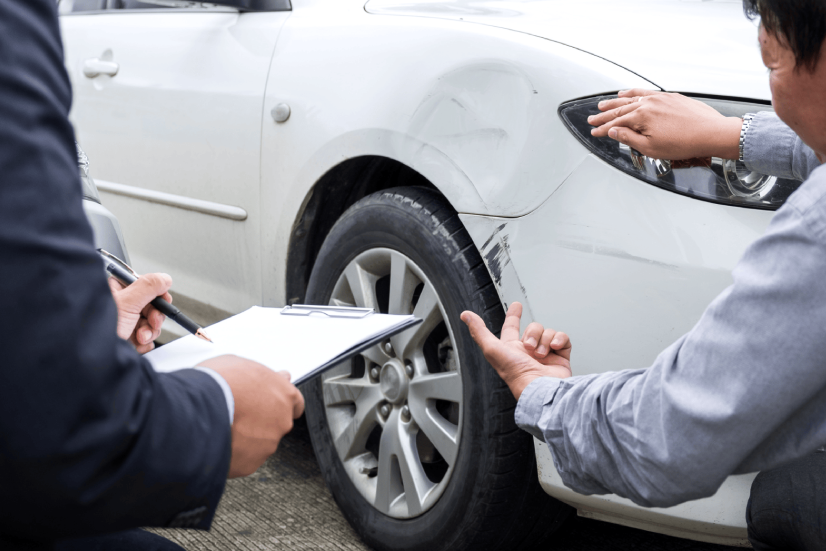 The Advantages of Choosing Paintless Dent Repair
The Advantages of Choosing Paintless Dent Repair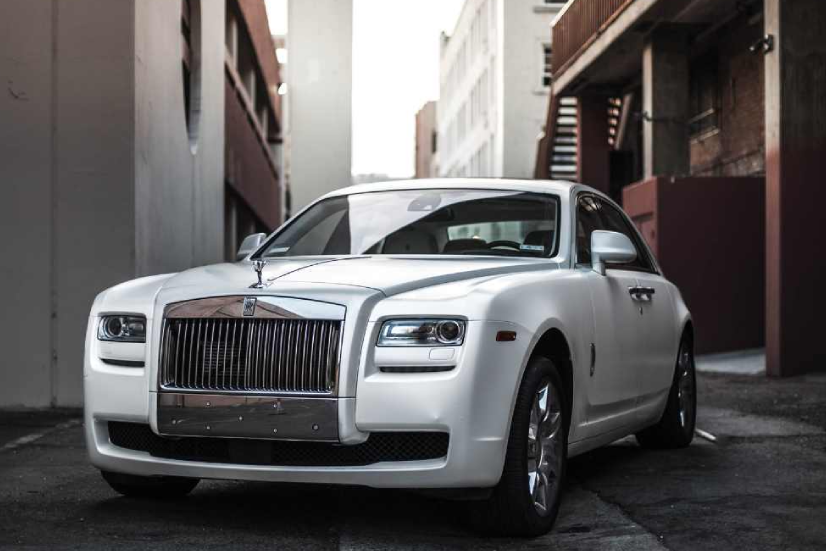 Rolls-Royce – Most Common Faults and How to Keep Yours in Perfect Condition
Rolls-Royce – Most Common Faults and How to Keep Yours in Perfect Condition Bentley – Most Common Faults and How to Prevent Them
Bentley – Most Common Faults and How to Prevent Them 5 Proven Ways to Remove Tree Sap From Your Car Without Damaging the Paint
5 Proven Ways to Remove Tree Sap From Your Car Without Damaging the Paint Discover the Most Typical Issues with Lexus Cars
Discover the Most Typical Issues with Lexus Cars What are the Common BMW Issues and How to Fix Them?
What are the Common BMW Issues and How to Fix Them?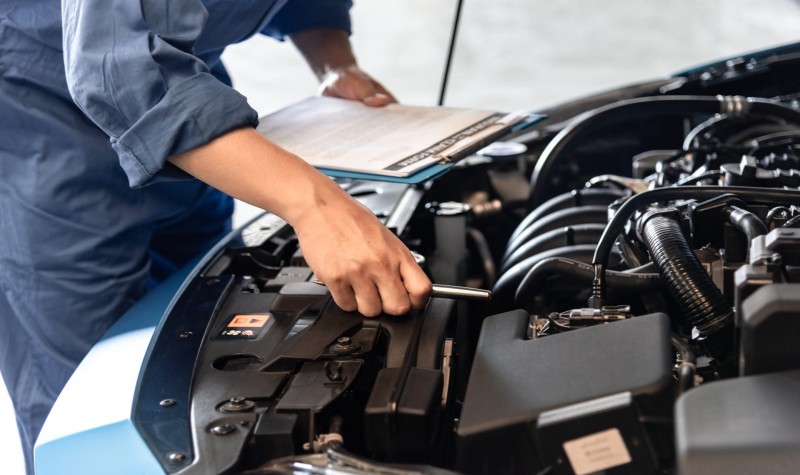 Engine Seized or Locked Up? Here’s What You’re Really Dealing With
Engine Seized or Locked Up? Here’s What You’re Really Dealing With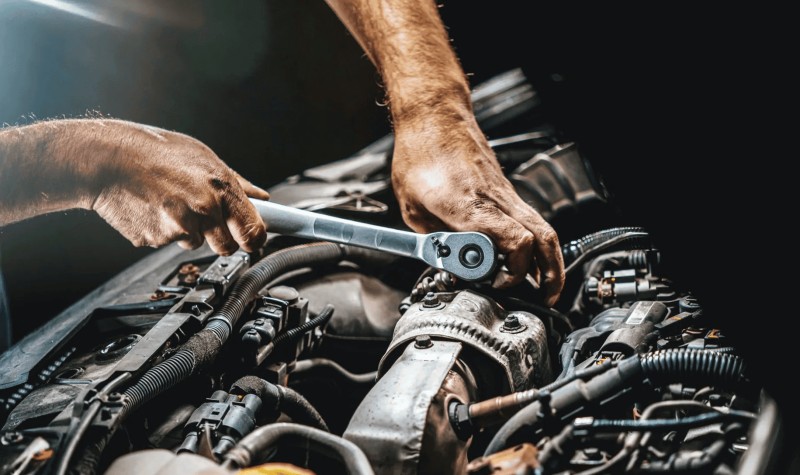 Is It Safe to Drive with Reduced Engine Power?
Is It Safe to Drive with Reduced Engine Power?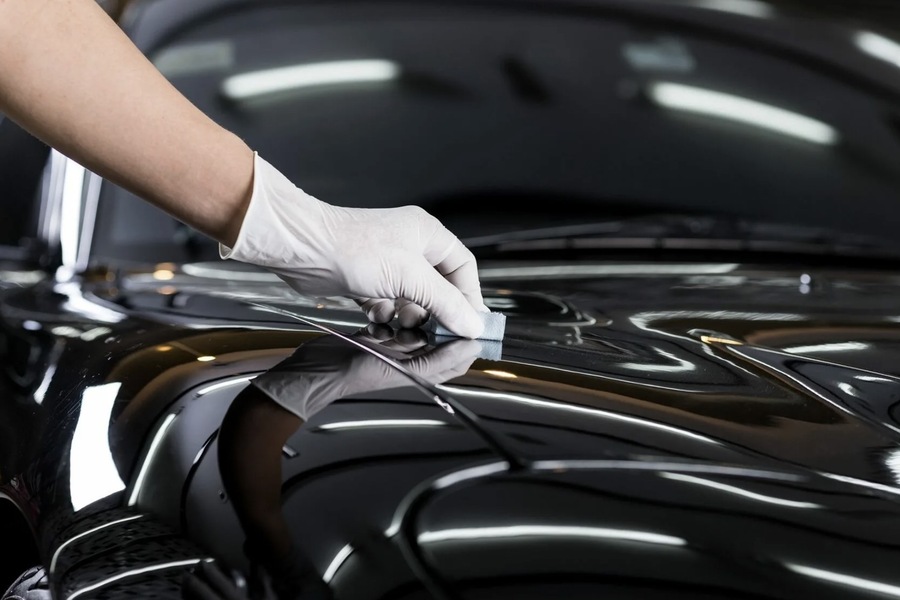 What Type of Car Paint Protection Is Best in Abu Dhabi? | Ultimate Guide
What Type of Car Paint Protection Is Best in Abu Dhabi? | Ultimate Guide How Does Ceramic Coating Protect Your Car’s Paint?
How Does Ceramic Coating Protect Your Car’s Paint? 5 Most Common Oil Mistakes That Might Ruin Your Car
5 Most Common Oil Mistakes That Might Ruin Your Car When Should You Replace Your Tires? Warning Signs You Shouldn’t Ignore
When Should You Replace Your Tires? Warning Signs You Shouldn’t Ignore Common Range Rover Problems and How to Fix Them
Common Range Rover Problems and How to Fix Them How Weather Conditions Affect Your Car Battery and How to Protect It?
How Weather Conditions Affect Your Car Battery and How to Protect It?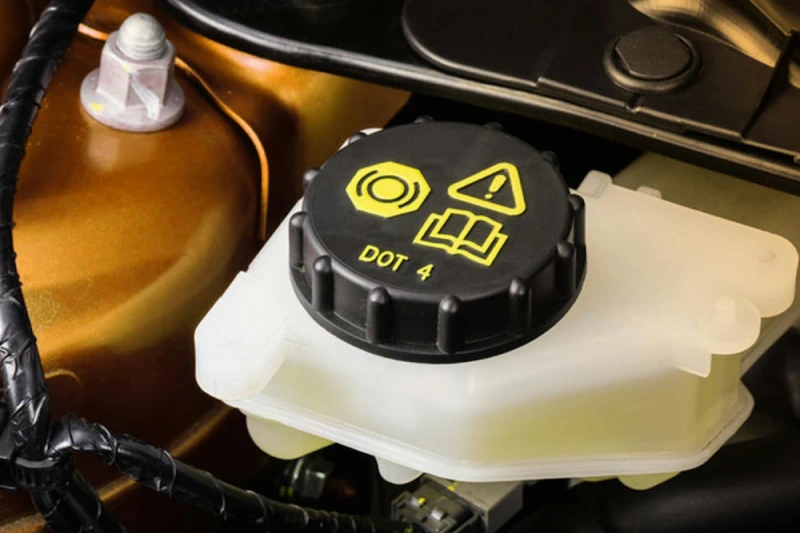 Why Brake Fluid is Essential for Your Car’s Safety in Ras Al Khaimah
Why Brake Fluid is Essential for Your Car’s Safety in Ras Al Khaimah Mercedes-Benz Engine Repair: Common Issues and How to Fix Them
Mercedes-Benz Engine Repair: Common Issues and How to Fix Them Top Signs Your Car AC Needs Immediate Repair in Abu Dhabi
Top Signs Your Car AC Needs Immediate Repair in Abu Dhabi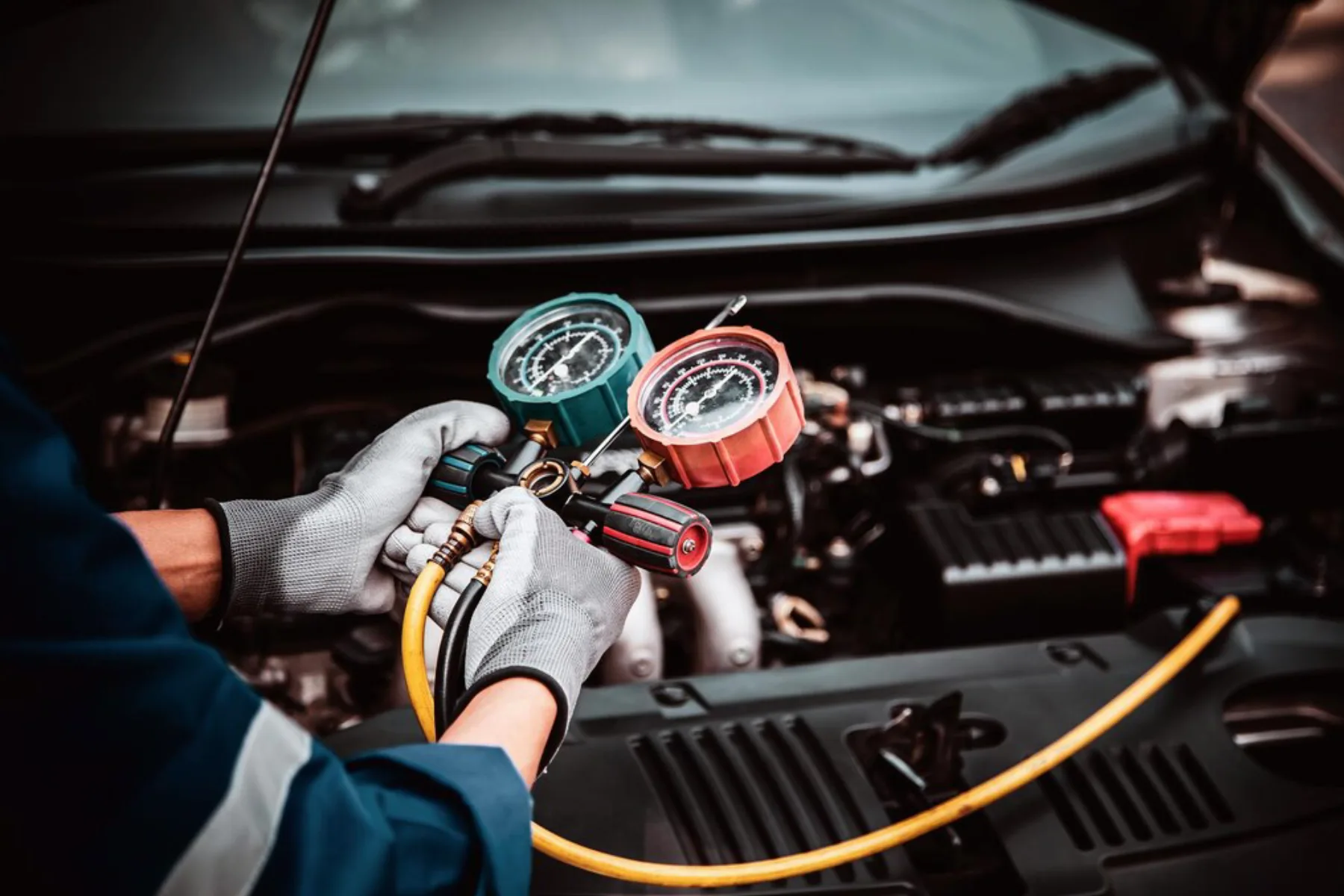 The Ultimate Guide to Car AC Repair: Everything You Need to Know
The Ultimate Guide to Car AC Repair: Everything You Need to Know How to Find a Reliable Car Garage Near Me in Abu Dhabi
How to Find a Reliable Car Garage Near Me in Abu Dhabi Why Car Detailing is Essential in Ras Al Khaimah
Why Car Detailing is Essential in Ras Al Khaimah Windscreen Repair vs. Windscreen Replacement: Which One Do You Need?
Windscreen Repair vs. Windscreen Replacement: Which One Do You Need? Top Signs Your Car Battery Needs to Be Replaced
Top Signs Your Car Battery Needs to Be Replaced The Importance of Regular Tire Maintenance: Tips and Tricks
The Importance of Regular Tire Maintenance: Tips and Tricks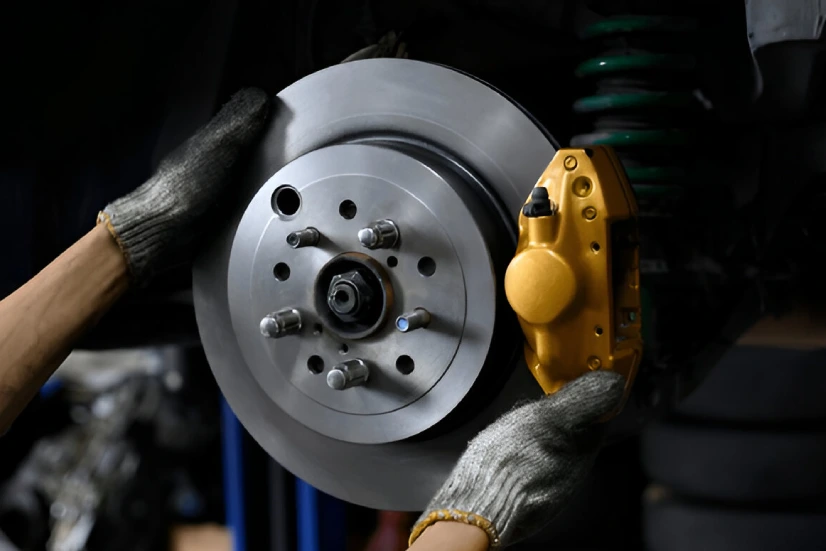 Understanding Brake Issues: When to Repair or Replace Your Brakes
Understanding Brake Issues: When to Repair or Replace Your Brakes What Can One Expect During a Full Vehicle Inspection?
What Can One Expect During a Full Vehicle Inspection?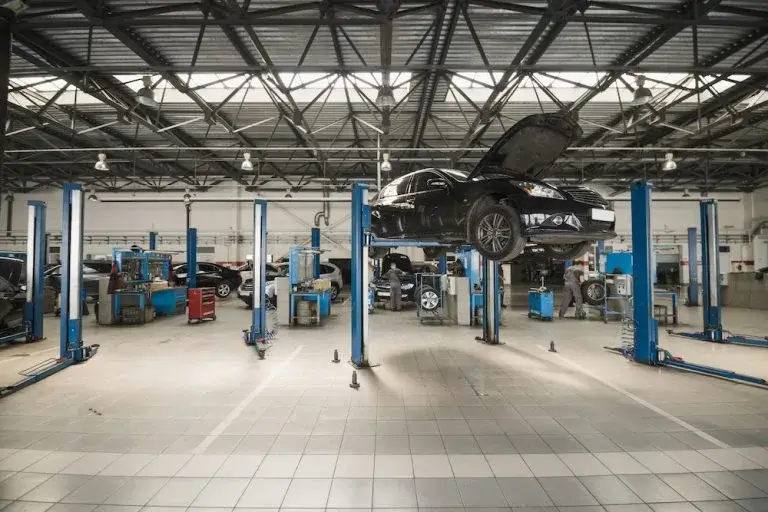 Top-Rated Car Garages in Ras Al Khaimah: A Comparative Guide
Top-Rated Car Garages in Ras Al Khaimah: A Comparative Guide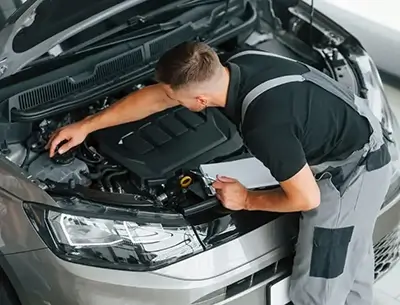 5 Common Engine Problems and How to Fix Them: A Guide for Car Owners
5 Common Engine Problems and How to Fix Them: A Guide for Car Owners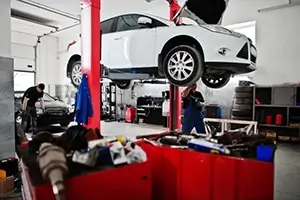 Signs You Need to Take Your Car to the Mechanic
Signs You Need to Take Your Car to the Mechanic Exploring Unusual Smells in Cars: A Guide to Identifying and Resolving Odors
Exploring Unusual Smells in Cars: A Guide to Identifying and Resolving Odors Bespoke Care for Your Range Rover: Understanding the Importance of Regular Service
Bespoke Care for Your Range Rover: Understanding the Importance of Regular Service Quick Tips for Finding the Best Car Mechanic Near You
Quick Tips for Finding the Best Car Mechanic Near You Choosing the right car repair workshop: Factors to consider
Choosing the right car repair workshop: Factors to consider Expert Car Mechanics Near Me: How to Identify Skill and Experience
Expert Car Mechanics Near Me: How to Identify Skill and Experience The Benefits of Regular Car Servicing for Optimal Performance and Safety
The Benefits of Regular Car Servicing for Optimal Performance and Safety Trusted Car Garages Near Me: How to Avoid Shoddy Repairs
Trusted Car Garages Near Me: How to Avoid Shoddy Repairs Preventing Costly Repairs with Routine Car Maintenance and Inspections
Preventing Costly Repairs with Routine Car Maintenance and Inspections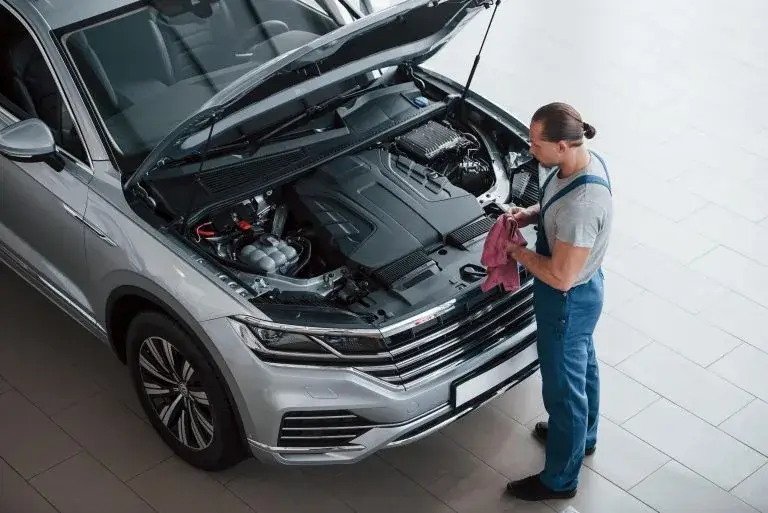 Navigating the Car Repair Industry: How to Find Honest and Affordable Services
Navigating the Car Repair Industry: How to Find Honest and Affordable Services Understanding the Basics of Car Maintenance and Repair for Vehicle Owners
Understanding the Basics of Car Maintenance and Repair for Vehicle Owners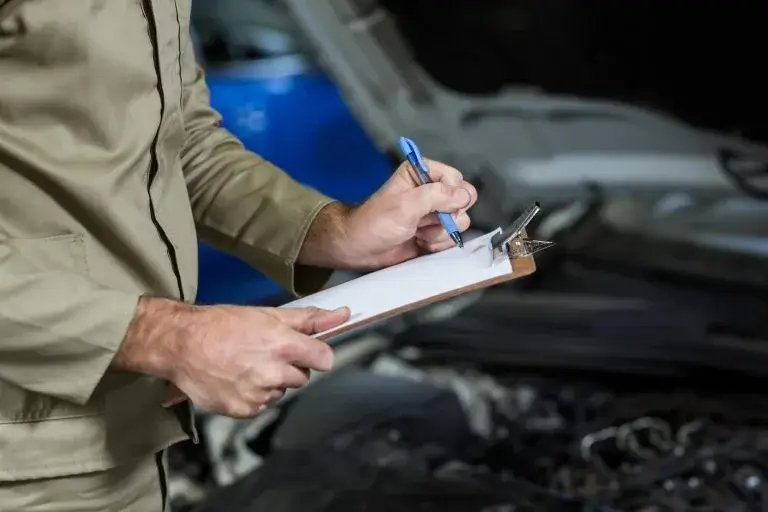 Why regular car servicing is crucial for long term vehicle health?
Why regular car servicing is crucial for long term vehicle health?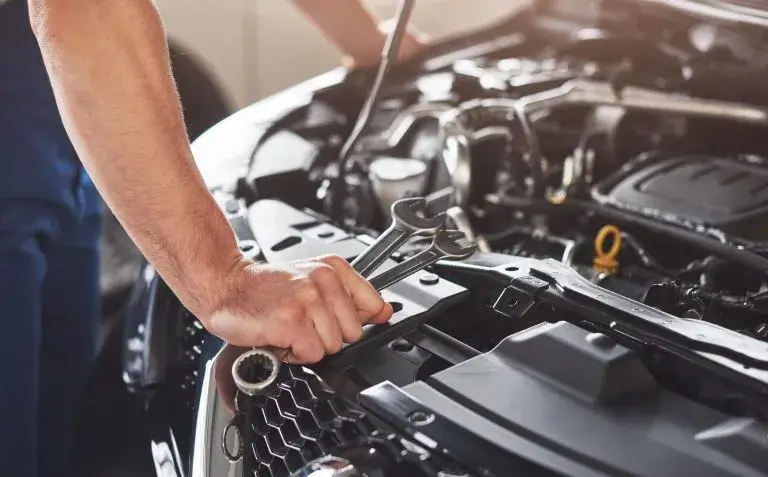 Maximizing the Lifespan of Your Vehicle with Routine Car Maintenance
Maximizing the Lifespan of Your Vehicle with Routine Car Maintenance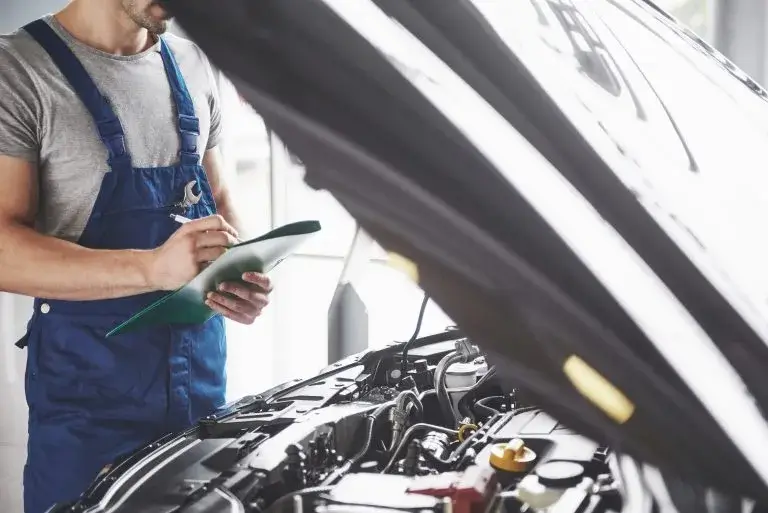 The importance of Pre-purchase car inspections: Don’t buy a lemon
The importance of Pre-purchase car inspections: Don’t buy a lemon